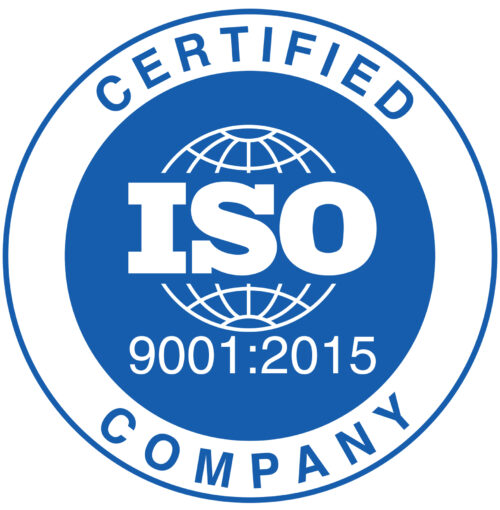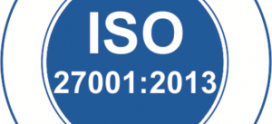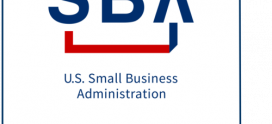
AMS Networks achieves ISO 9001:2015 (Customer Satisfaction) certification
AMS Networks has achieved the ISO 9001:2015 certification for customer satisfaction. So, what exactly is 9001:2015 and how does that help the company and the customers?
Let’s dive in the details.
What is ISO 9001:2015 (Customer Satisfaction)?
Customer satisfaction is one of the objectives of ISO 9001 certification. This is accomplished by continuously monitoring how well your product or service meets your clients’ needs or expectations. ISO 9001:2015 is the specific certification that looks over a company’s customer satisfaction performance.
Customer satisfaction is defined by ISO 9001 as a customer’s assessment of the degree to which their needs have been met. This definition makes it clear that customer satisfaction is a subjective assessment of whether their needs (rather than contractual responsibilities) are met. It also emphasizes that customer satisfaction is a spectrum of many levels rather than a linear one.
What is the Purpose of ISO 9001:2015?
The purpose of this accreditation is to guarantee that businesses have a systematic strategy to measure consumer demands. It’s important to note that when we talk about customers, we’re not merely referring to the product or service’s end users. Any intermediaries, such as distributors who market and sell your goods or assemblers who incorporate your product into theirs, are considered customers.
Another factor should be taken into account. Specifically, the client who does not complain is not always a satisfied client, and the customer who complains is not always a dissatisfied customer. Unsatisfied consumers, on the other hand, frequently do not complain directly to the provider, but rather to their friends and relatives, creating a terrible image for the provider, i.e., for your firm.
On the other hand, some customers may complain to the company directly even if they are usually satisfied with the service/product but want something more, such as additional features. Their customers, or even the most disgruntled customers, can develop a good opinion of your business if these issues are handled effectively.
How AMS Networks benefits from achieving ISO 9001:2015?
Our mission was to provide our customers with the best of industry service. Our team rigorously provides IT management and security services to the customers. We continue to get feedback from our clients which enabled us to consistently improve our services over the years.
We’ve put in place a feedback system that has been certified by ISO. This allows us to better understand our clients’ needs, find areas for improvement, and optimize resources
The updated ISO 9001:2015 standard contains a stronger customer focus in addition to supporting established quality management principles. It examines senior managers’ motivation and the strategies they use to accomplish continuous improvement policies. Your company can benefit from ISO 9001:2015 by constantly providing high-quality products and services to clients.
Continuous improvement guarantees that our company grows more efficiently, lowers errors and maintains a high level of service. This allows us to save resources while also assisting you in meeting various regulatory obligations. It benefits our company because our customers always get the services they want. And we try our best to accommodate our customer’s additional requests. Simultaneously, increased operational efficiency can boost employee job satisfaction.
Having the ISO 9001:2015 certification allows us to turn negative feedback or criticism into better company performance. It further assures our potential customers to know that they will receive the best service from the AMS Networks regarding their IT issues and management services.
In today’s world, it is crucial to take customers’ concerns into account to constantly improve services and at AMS Networks we are determined to do so. Contact us today to learn how we can assist your agency/organization with the needs of Information Technology initiatives.



